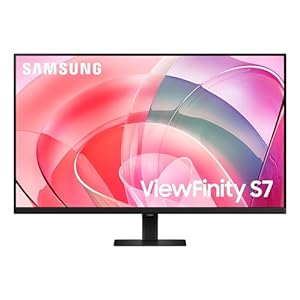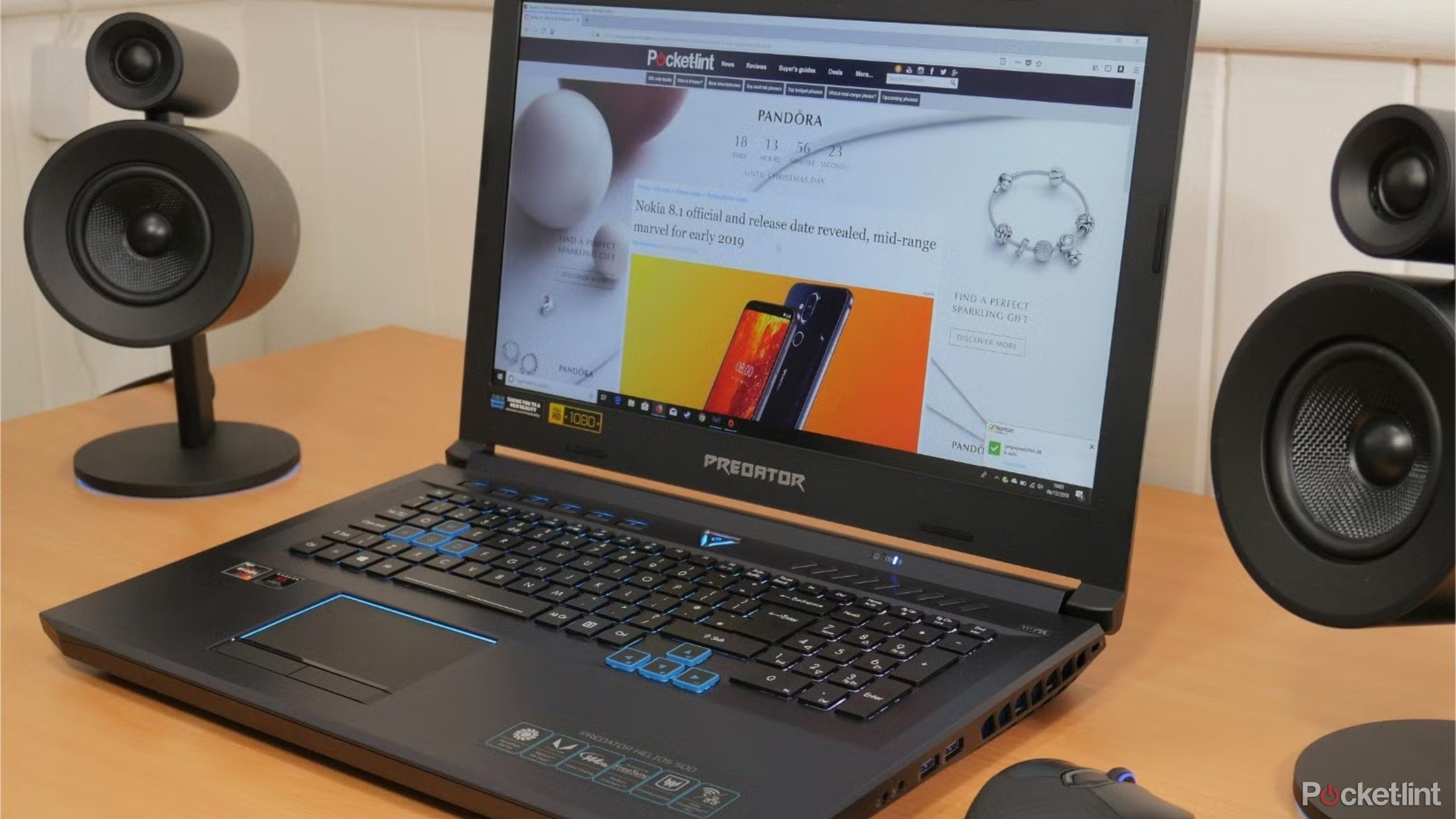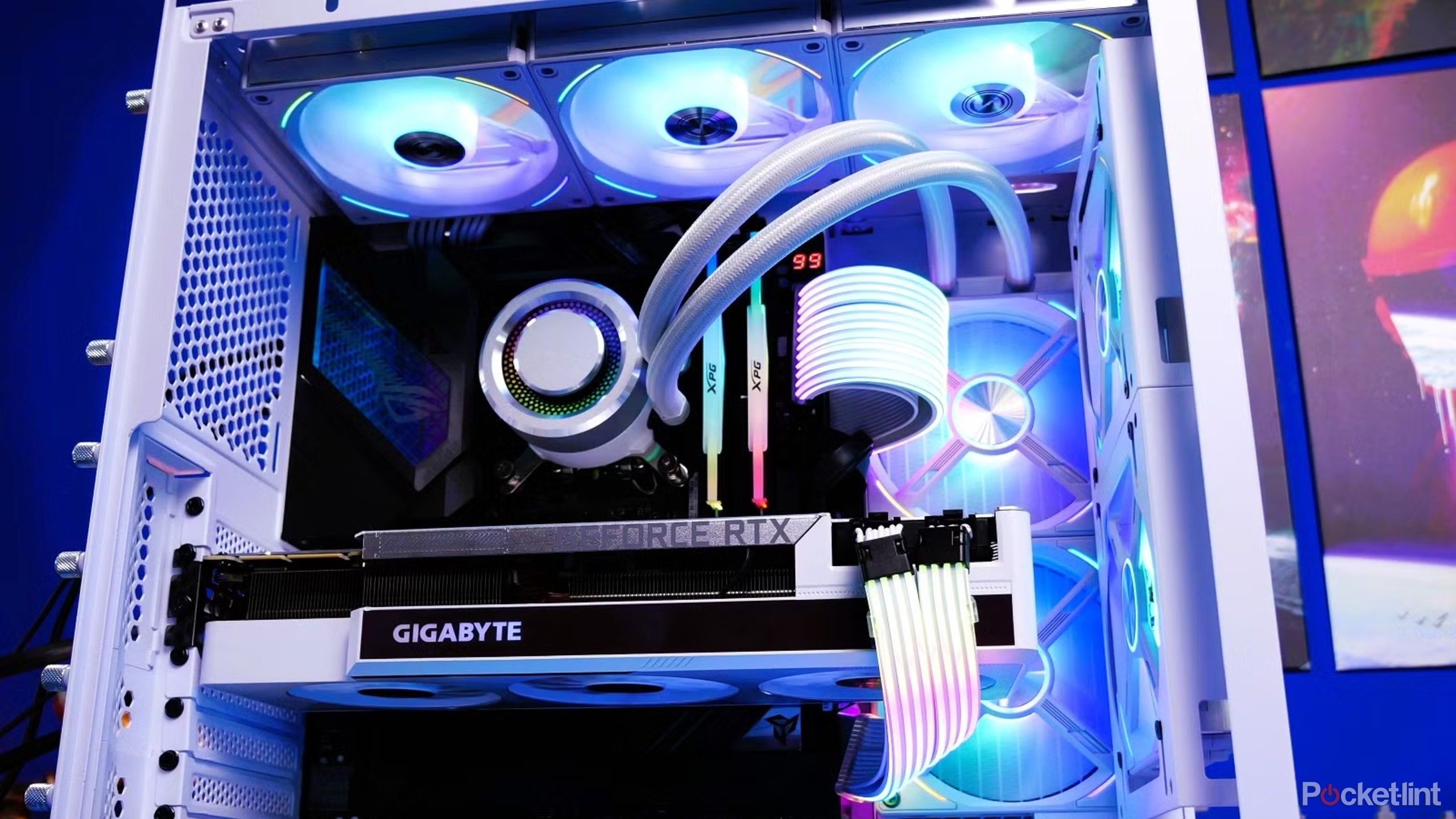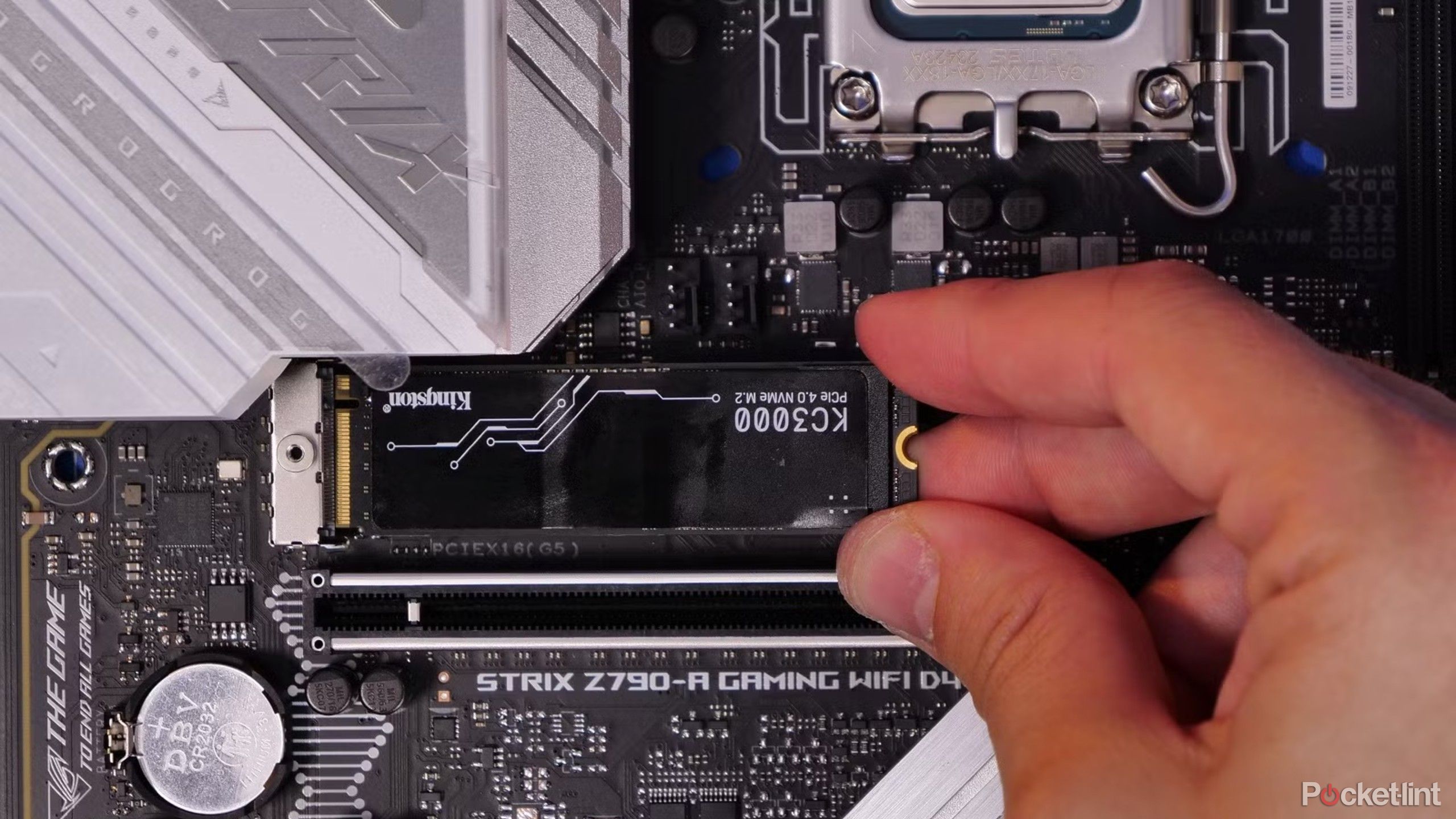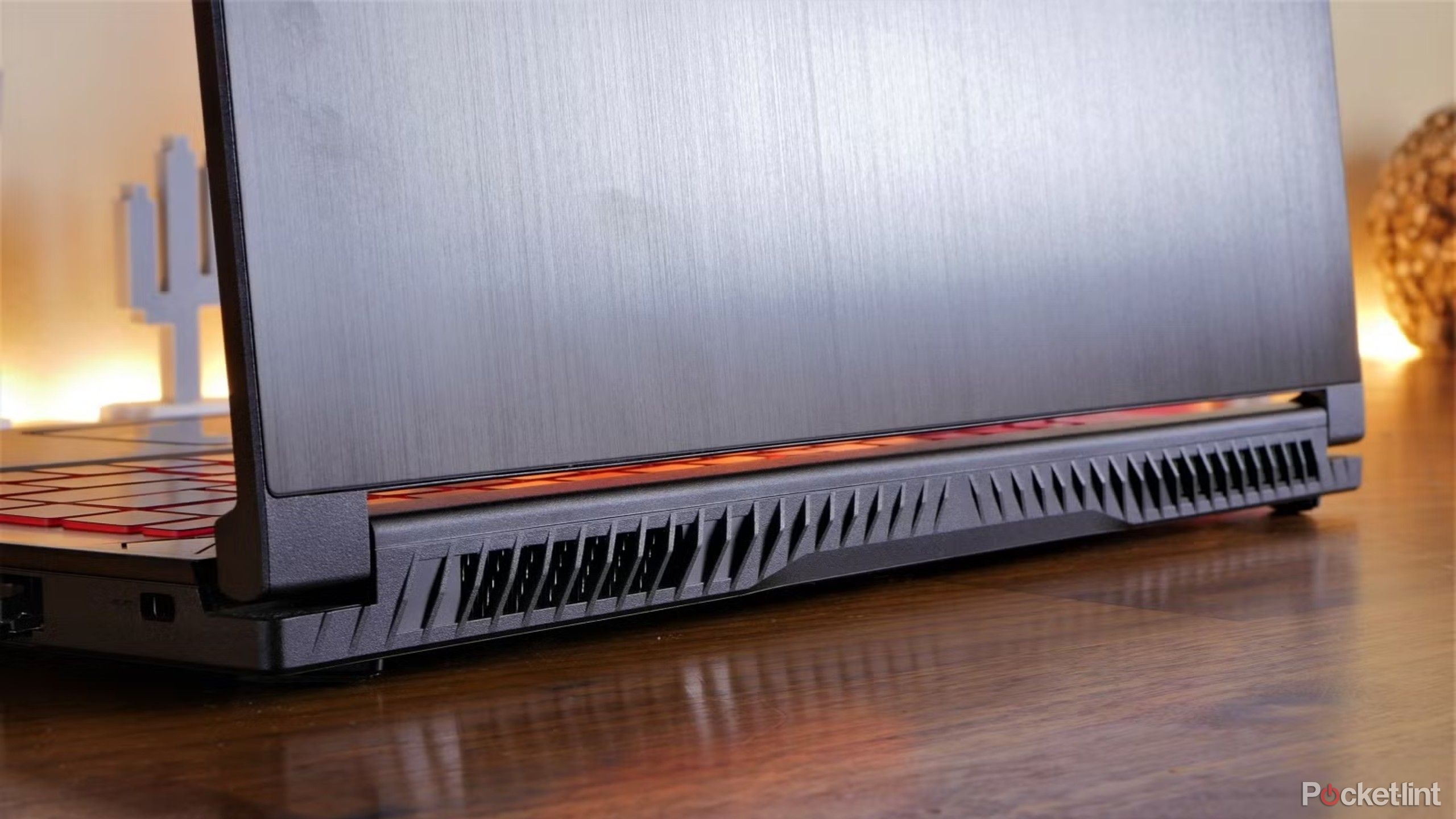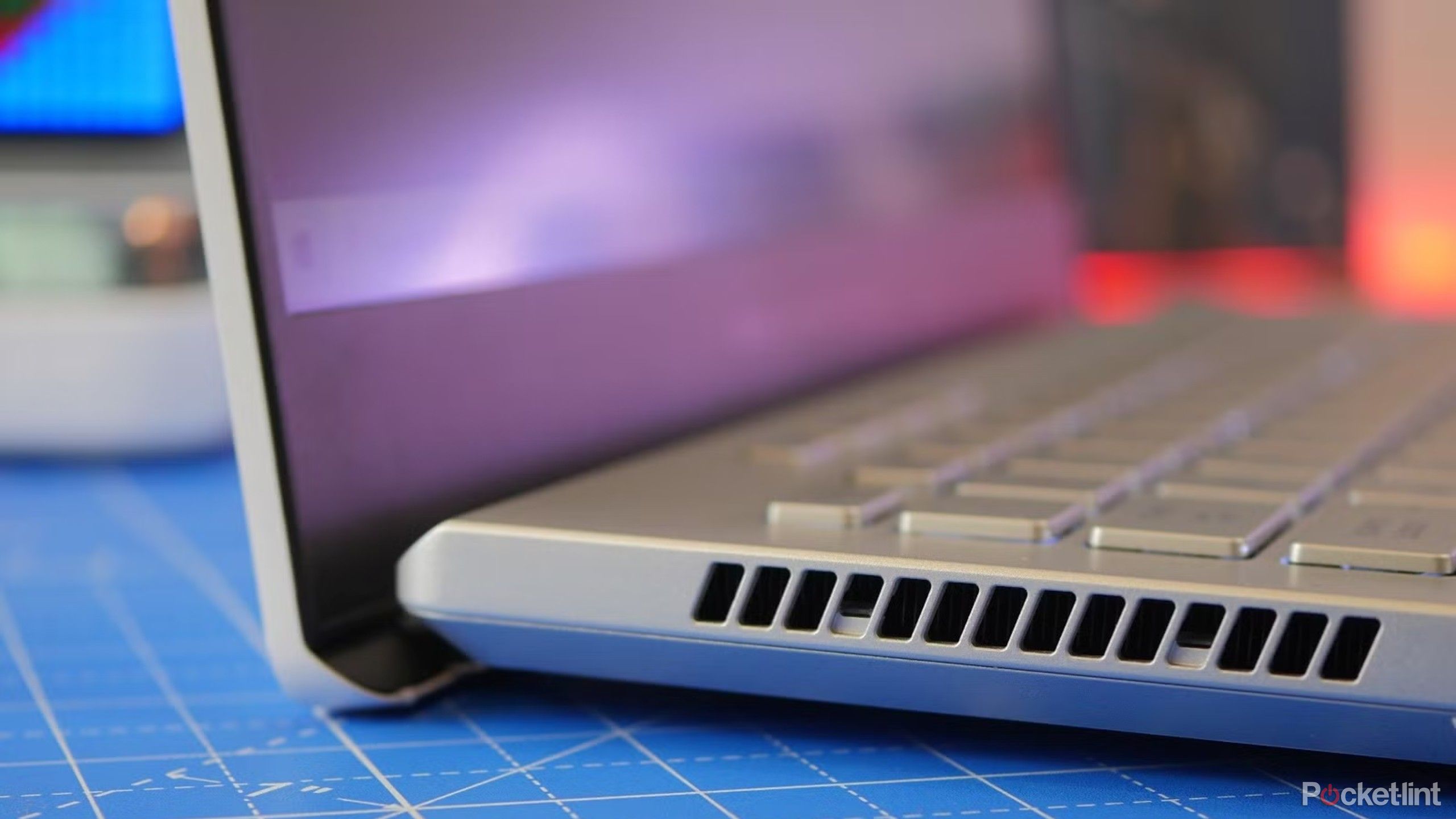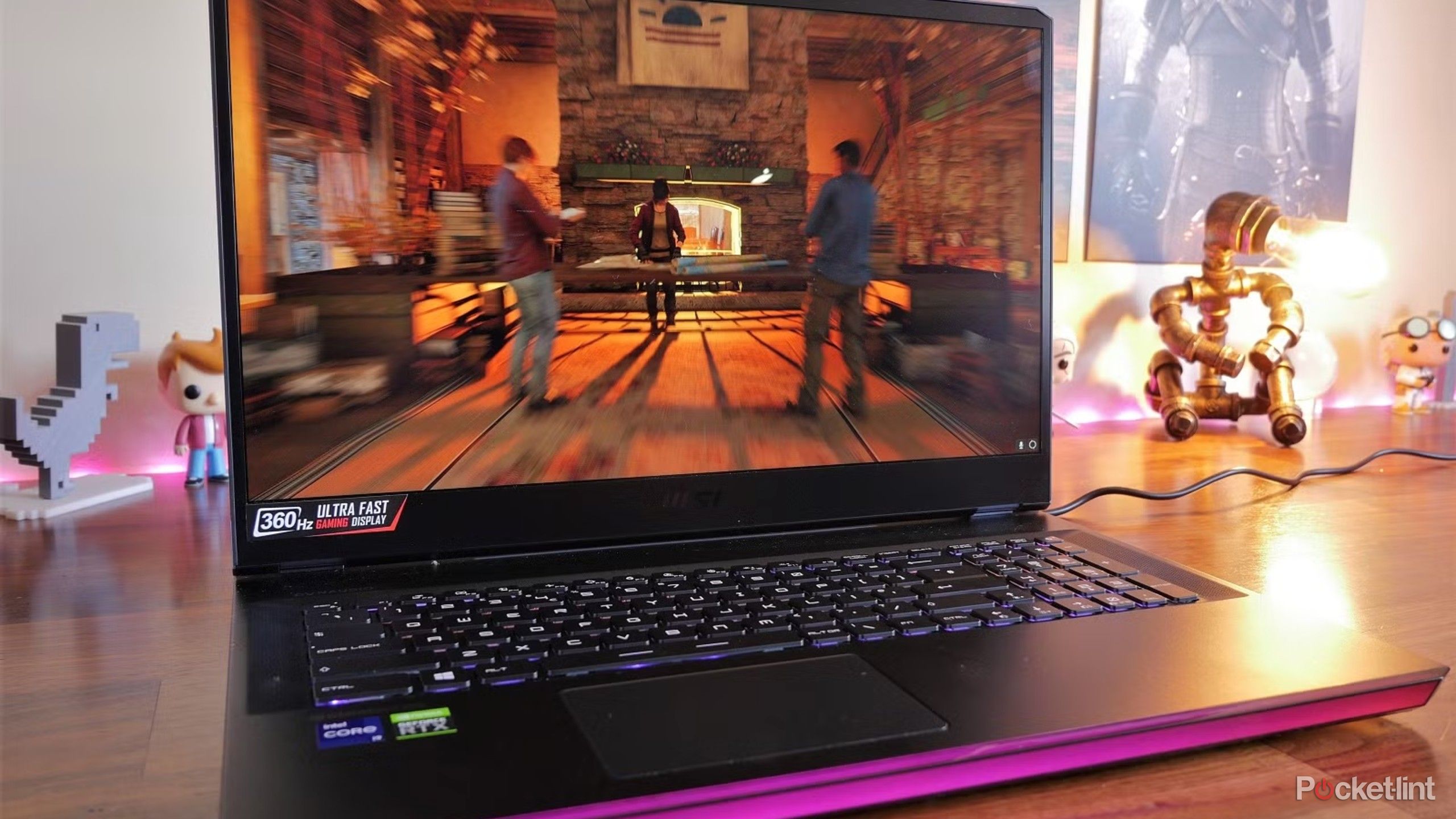Summary
- Gaming desktops have a better price-to-performance ratio than laptops.
- They also offer superior customization compared to laptops.
- You can upgrade components on desktops much more easily than laptops.
I’ve been a PC gamer most of my life and love the challenge of selecting the parts I like and putting them together to make a custom machine. I feel a sense of accomplishment, and I can tweak the hardware whenever I want to upgrade its performance. I also have the freedom to choose the perfect monitor, a mechanical keyboard, and other accessories to make my build stand out.
That said, I switched to a gaming laptop because I’m mobile and needed a do-all Windows computer I could take on the road with me. As much as it gets the job done, the experience isn’t the same, and I regret buying a gaming laptop instead of a desktop for these six reasons.
Related
Gaming laptops sound great – until you realize these 4 things
I like gaming laptops, but there are certainly some drawbacks.
1
Price
High specs, higher price
Gaming desktops have a better price-to-performance ratio than laptops with similar specs. You can argue that a gaming laptop has a built-in display and doesn’t require a separate monitor, but it’s still not enough to tip the scales in its favor. However, the price gap between gaming laptops and desktops isn’t as wide in the entry-level segment, but grows considerably as you get to mid and high-tier models.
Gaming desktops have a better price-to-performance ratio than laptops with similar specs.
The best 16- and 17-inch gaming laptops, like the Razer Blade 16 or MSI Stealth, cost between $3,500 and $4,000. For that price, you can get a similarly specced desktop with a more powerful full-size GPU and still get a large 24-or 27-inch monitor — plus have some change leftover.
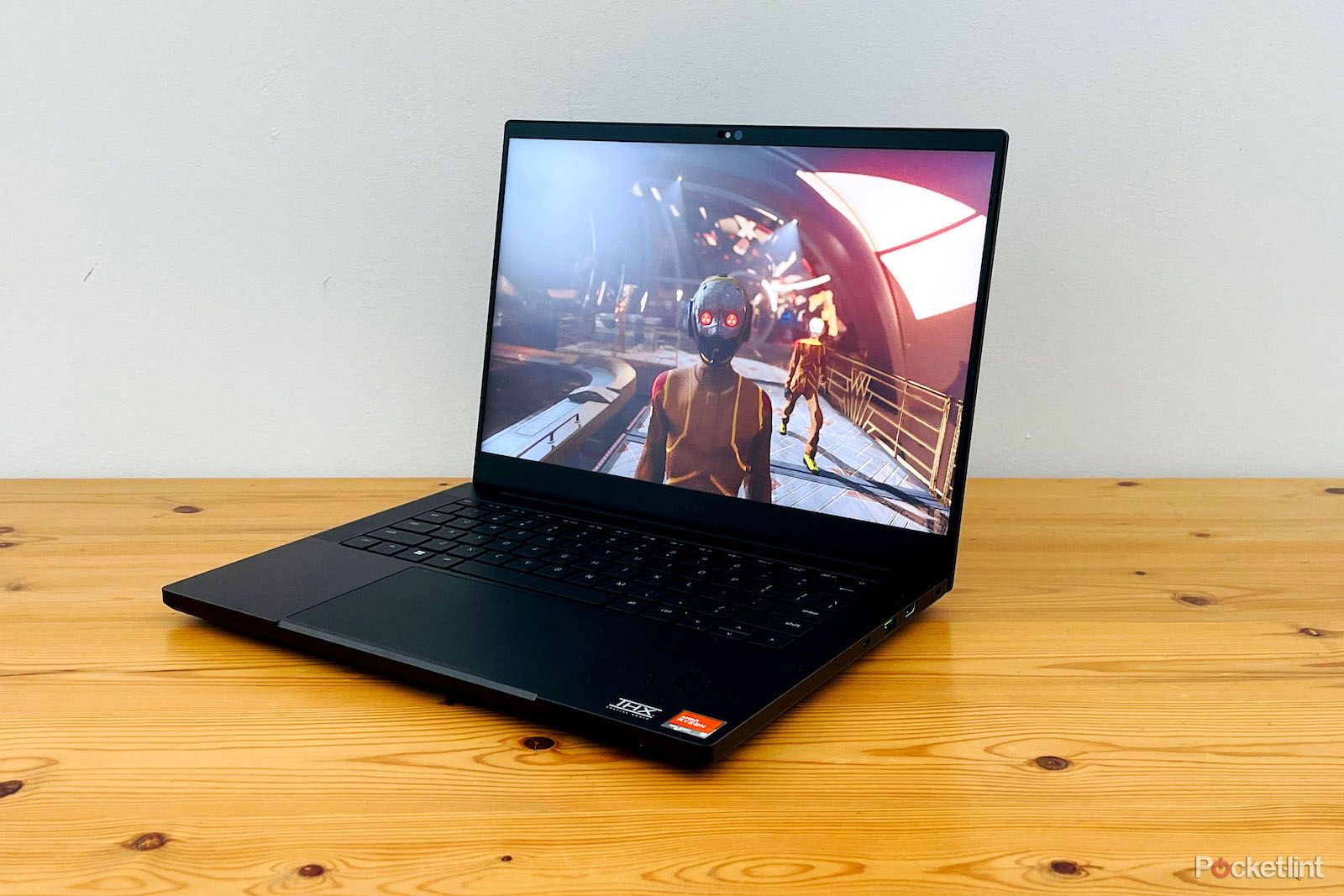
Related
Razer Blade 14 (2023) review: A superb, truly portable gaming laptop
This lightweight gaming laptop focuses on portability over raw power, but the results are very nice indeed.
2
Customization
There’s only one choice
My gaming laptop is standard and exactly like the thousands of others of the same model out there. On the other hand, my gaming PC is a unique build made to my specifications. It has the perfect case for my requirements, and every part was individually chosen for what it brings to the table.
There’s no competition between the two when it comes to customization, and the gaming desktop wins by a mile. Certain gaming laptop brands let you choose the keycaps, RAM, and other components when ordering. The limited options are better than nothing, but don’t match the freedom of the countless available desktop components.
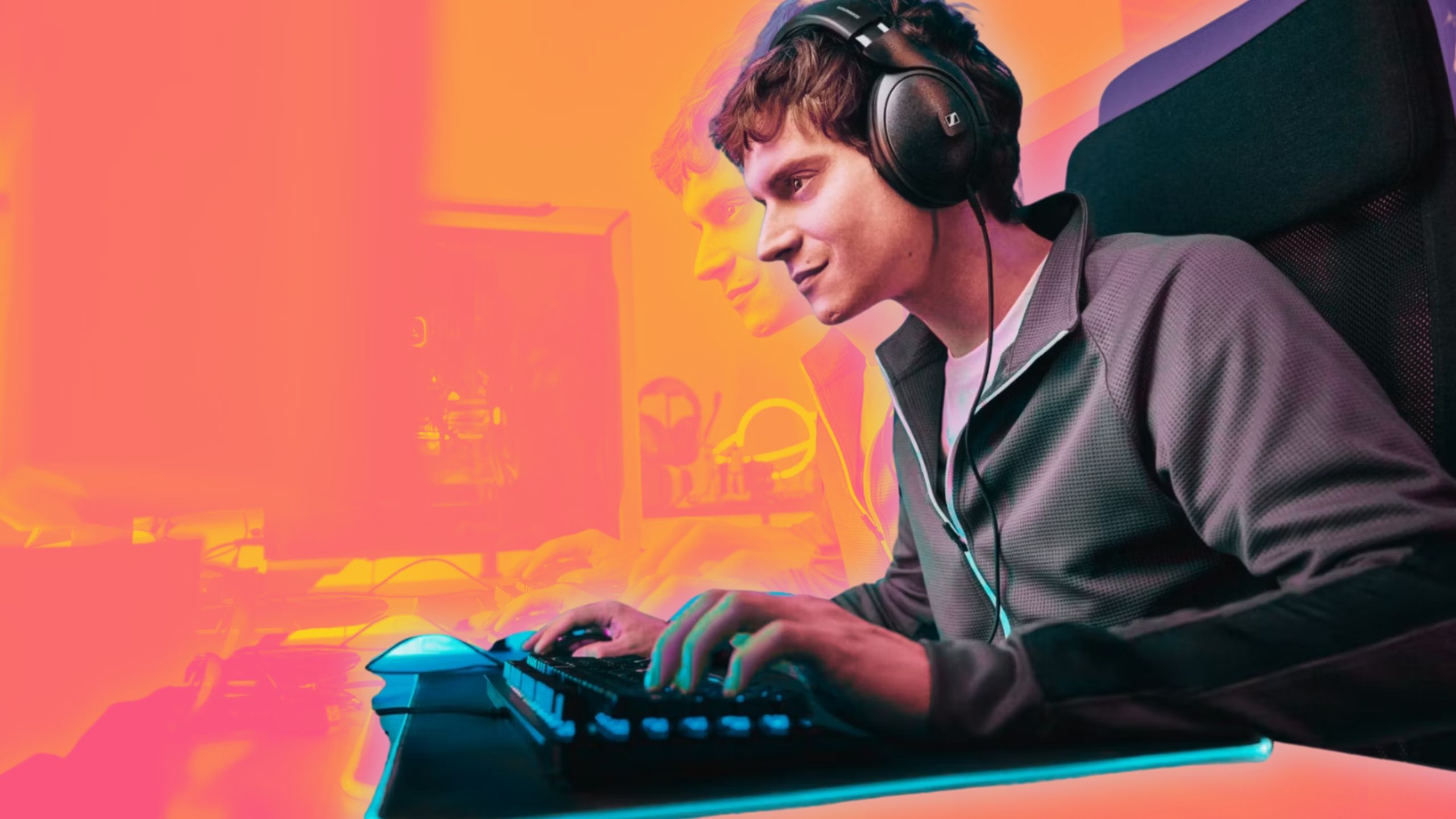
Related
11 free PC programs you need to try if you’re a gamer
Sure, you’ve probably used Steam, Battle.net, and Discord. But have you tried these lesser-known gems gamers love?
3
Upgradability
A longer lifespan
Another benefit of a gaming desktop is that I can easily replace any faulty components, like motherboards or CPUs, when they break, or upgrade them if I want more power. This increases the overall lifespan of my machine, and I also like it because I can pay for gradual upgrades instead of a considerable amount upfront.
Another benefit of a gaming desktop is that I can easily replace any faulty components, like motherboards or CPUs, when they break, or upgrade them if I want more power.
On the other hand, my gaming laptop isn’t repairable, and I’ll need to replace the whole unit if the motherboard becomes faulty. It’s the same as upgrading, and I’m locked to the current specs because most components are soldered on the board and can’t be swapped out for something more powerful.
4
Noise
The fan factor
The noise factor is one of my peeves with gaming desktops, and there’s no getting around it. It’s easy to see why when comparing a gaming laptop’s slimline fans and discrete cooling system to the AIO, improved airflow, and numerous larger fans on a desktop.
The reality is that the smaller fans on a gaming desktop need to work harder than their desktop equivalents to provide the same level of cooling because of the limited space. This translates to a louder experience, which can be insanely irritating if you aren’t used to it.
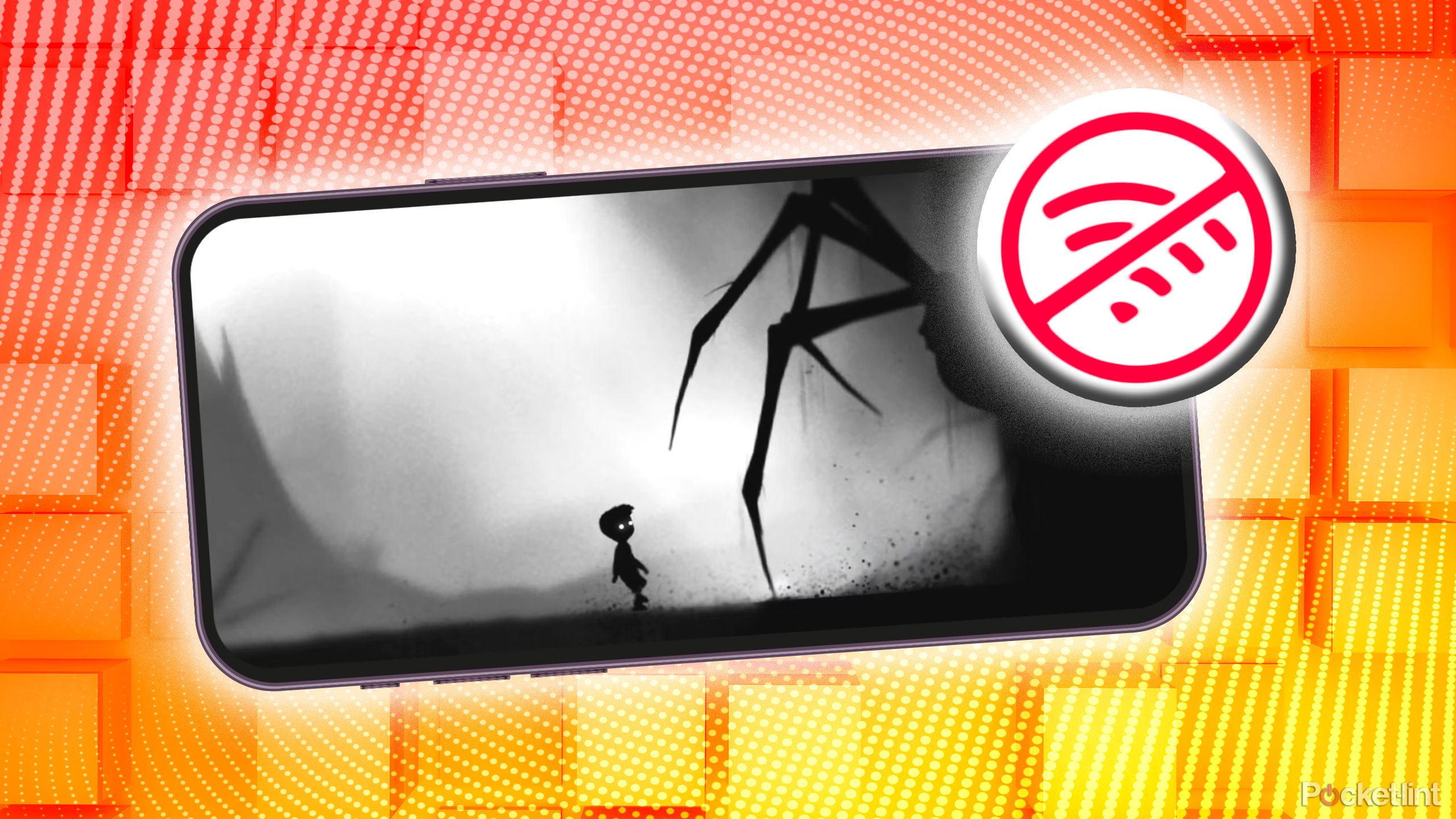
Related
The case for offline gaming: It’s not just about saving data
It’s not just about convenience, it’s about quality.
5
Less power
Less space for performance
We all want the most power possible when buying a new computer, and the best gaming laptops still lag behind similarly specced laptops when it comes to power. Gaming laptops have smaller power supply units, less airflow, and fewer cooling features. Because of this, they run on scaled-down CPUs and GPUs optimized for the smaller form factor.
However, there are no limitations to the hardware of a gaming desktop. You can use the most powerful components available and be assured that they will work well, provided you have a solid build with efficient cooling. This is another factor that contributes to an increased lifespan, because the desktop components will last longer before becoming obsolete.
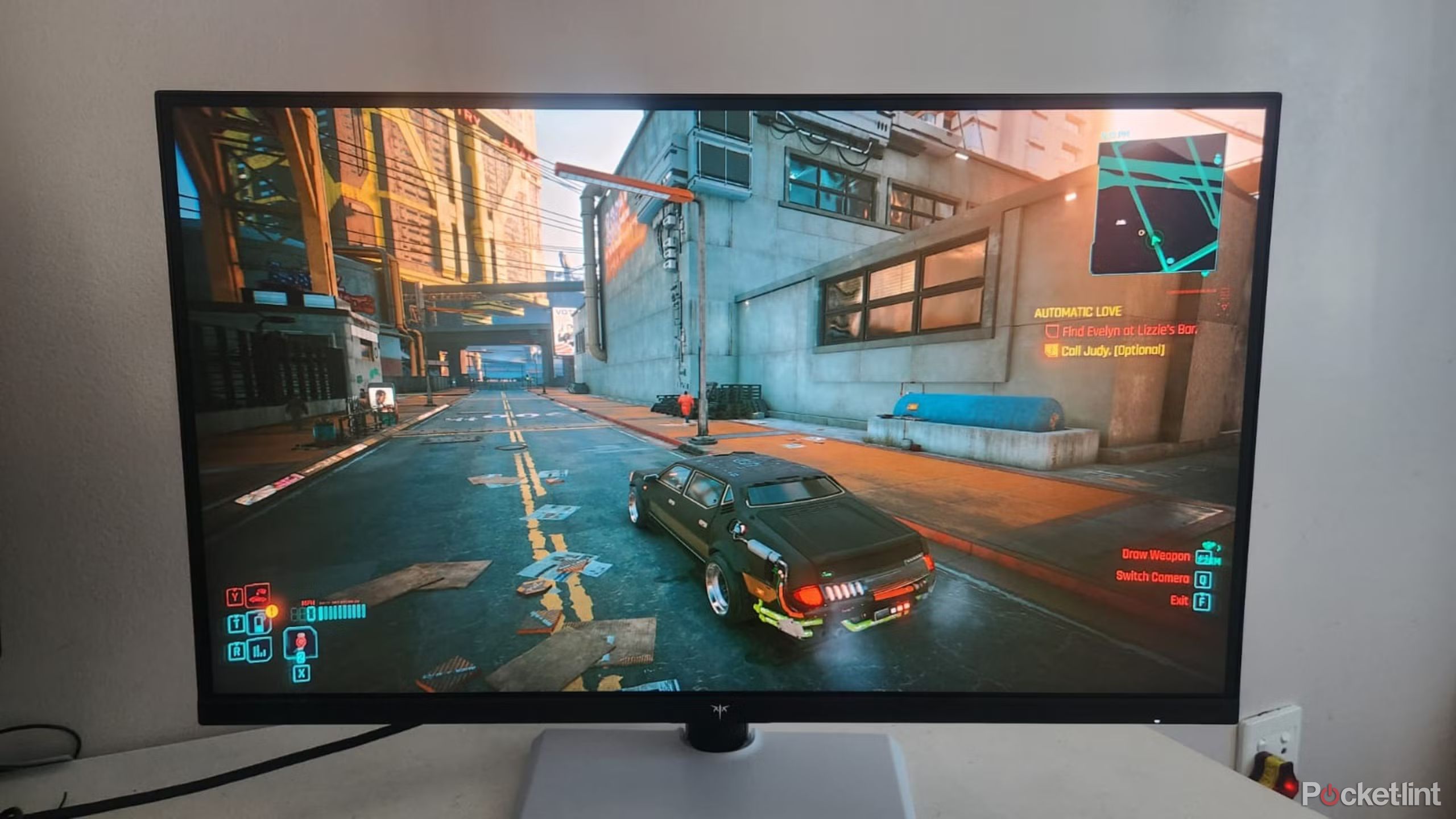
Related
This $200 gaming monitor has way more features than I expected
KTC’s new H27E6 offers incredible value with a pristine 27-inch WQHD display and other modern features.
6
Poor gaming performance on battery
Plugged-in play only
Modern laptops have excellent battery life, so users can work from anywhere without needing a power source. While gaming laptops can be used for browsing, emails, and other daily tasks, you won’t run the latest game without it being plugged in because you’ll experience a serious drop in performance. There’s significant stuttering, and games become unplayable when I try running them on the battery.
This is because the GPU and CPU require more power than the battery can provide. The system then throttles performance to prevent the battery from overheating or other damage. It’s possible to squeeze more performance out of certain gaming laptops by turning off power-saving and other features, but you still won’t get the same frame rate as you would when connected to a power adapter.

Related
5 retro Windows games that will bring you right back to 2007
Microsoft has bundled in some downright iconic PC games into Windows throughout the years – here are 5 of my all-time favorites.
Trending Products

SAMSUNG FT45 Sequence 24-Inch FHD 1080p Laptop Monitor, 75Hz, IPS Panel, HDMI, DisplayPort, USB Hub, Peak Adjustable Stand, 3 Yr WRNTY (LF24T454FQNXGO),Black

KEDIERS ATX PC Case,6 PWM ARGB Fans Pre-Installed,360MM RAD Support,Gaming 270° Full View Tempered Glass Mid Tower Pure White ATX Computer Case,C690

ASUS RT-AX88U PRO AX6000 Twin Band WiFi 6 Router, WPA3, Parental Management, Adaptive QoS, Port Forwarding, WAN aggregation, lifetime web safety and AiMesh assist, Twin 2.5G Port

Wi-fi Keyboard and Mouse Combo, MARVO 2.4G Ergonomic Wi-fi Pc Keyboard with Telephone Pill Holder, Silent Mouse with 6 Button, Appropriate with MacBook, Home windows (Black)

Acer KB272 EBI 27″ IPS Full HD (1920 x 1080) Zero-Body Gaming Workplace Monitor | AMD FreeSync Know-how | As much as 100Hz Refresh | 1ms (VRB) | Low Blue Mild | Tilt | HDMI & VGA Ports,Black

Lenovo Ideapad Laptop computer Touchscreen 15.6″ FHD, Intel Core i3-1215U 6-Core, 24GB RAM, 1TB SSD, Webcam, Bluetooth, Wi-Fi6, SD Card Reader, Home windows 11, Gray, GM Equipment

Acer SH242Y Ebmihx 23.8″ FHD 1920×1080 Home Office Ultra-Thin IPS Computer Monitor AMD FreeSync 100Hz Zero Frame Height/Swivel/Tilt Adjustable Stand Built-in Speakers HDMI 1.4 & VGA Port

Acer SB242Y EBI 23.8″ Full HD (1920 x 1080) IPS Zero-Body Gaming Workplace Monitor | AMD FreeSync Expertise Extremely-Skinny Trendy Design 100Hz 1ms (VRB) Low Blue Gentle Tilt HDMI & VGA Ports
